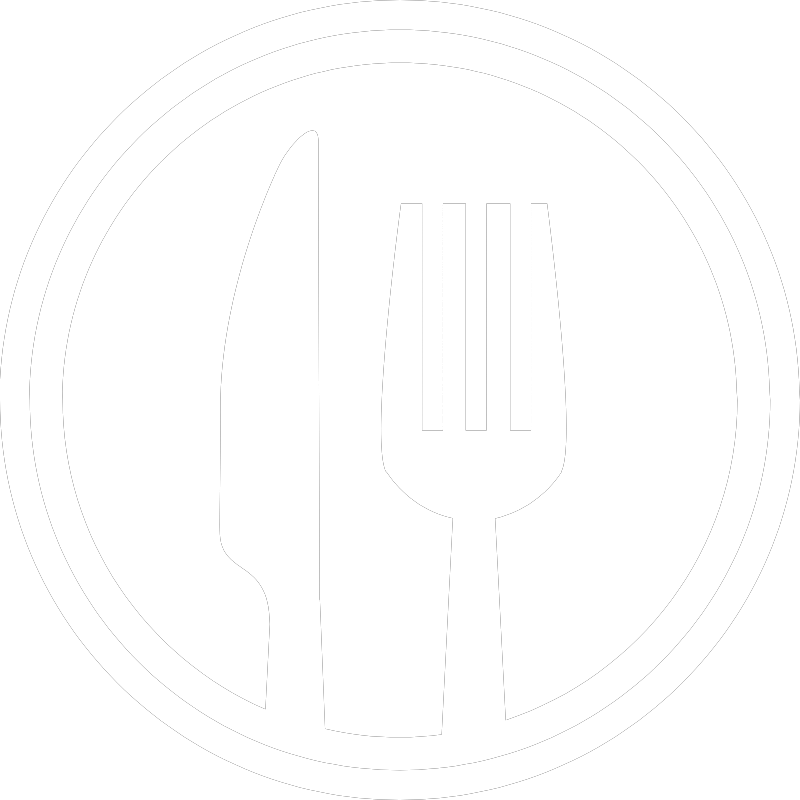Dried Beans in Stews - A Chef's Tips for Perfect Results
As a seasoned chef, I've worked with just about every ingredient under the sun. But one item that still trips up even experienced home cooks is dried beans. They seem simple enough, but not preparing them properly can lead to dried out rocks in your dish or a nasty bout of food poisoning. Yikes!
Just the other day, I was reviewing some comments on a cooking forum where a home chef was puzzled about how to incorporate dried kidney beans into a Persian stew called Gormeh Sabzi. Most recipes call for convenient canned beans, but they wanted to use the dried version. As a chef who has made this mistake before, I had some wisdom to share!
The number one piece of advice is - cook those dried beans separately from the stew! I can't emphasize this enough. Trying to cook the unsoaked beans directly in the stew liquid will lead to an extremely prolonged cooking time, possibly days. One commenter regaled a horrifying tale of simmering pea soup for three entire days before giving up because the dried peas never softened. You don't want to put yourself through that kind of ordeal.
In my experience, the best method is to soak the dried beans overnight in salted water, then boil them until fully softened before adding them to the stew in the final 30 minutes or so. This two-step process of soaking and boiling rehydrates the beans and ensures they reach the perfect tender texture. If you tried adding them directly to the stew, the beans would just remain rock hard or unevenly cooked.
Another big reason to cook the beans separately is to preserve their flavor and texture in the final dish. If you simmer them along with the stew, the beans tend to become flavorless mush that blends into the surrounding liquid. Cooking them separately allows the beans to retain their own tasty essence.
An absolutely critical step that some home chefs neglect is properly neutralizing the toxins present in certain dried beans. This is especially important with kidney beans, which contain high levels of a compound called phytohemagglutinin that can cause severe vomiting and diarrhea if not rendered inert.
To destroy these toxins, the FDA recommends boiling the soaked kidney beans for at least 10 minutes with some sources going as far as 30 minutes. In my kitchen, we follow the "better safe than sorry" mantra and give them a good hard boil for 15-20 minutes. You definitely don't want to skip this crucial step!
Lastly, for those looking to cut down on bean prep time, I'm a huge fan of using a pressure cooker. This allows you to cook the soaked beans until tender in a fraction of the time as stovetop boiling. Any leftover beans can then be conveniently frozen for later use.
So in summary, my tried-and-true method is: soak dried beans overnight, then cook them separately either by boiling or using a pressure cooker until fully softened. Give kidney beans an extra long boil to eliminate toxins. Only then should you incorporate the beans into your stew during the final stretch. It's an extra step, but well worth it to achieve perfectly cooked, flavorful beans while avoiding potential digestive calamities.
Trust me, as someone who has made the mistake of tossing dried beans directly into a pot of stew before, you'll be extremely grateful you took the time to prepare them properly. Your final dish will be an absolute show-stopper! Safe and happy cooking!


